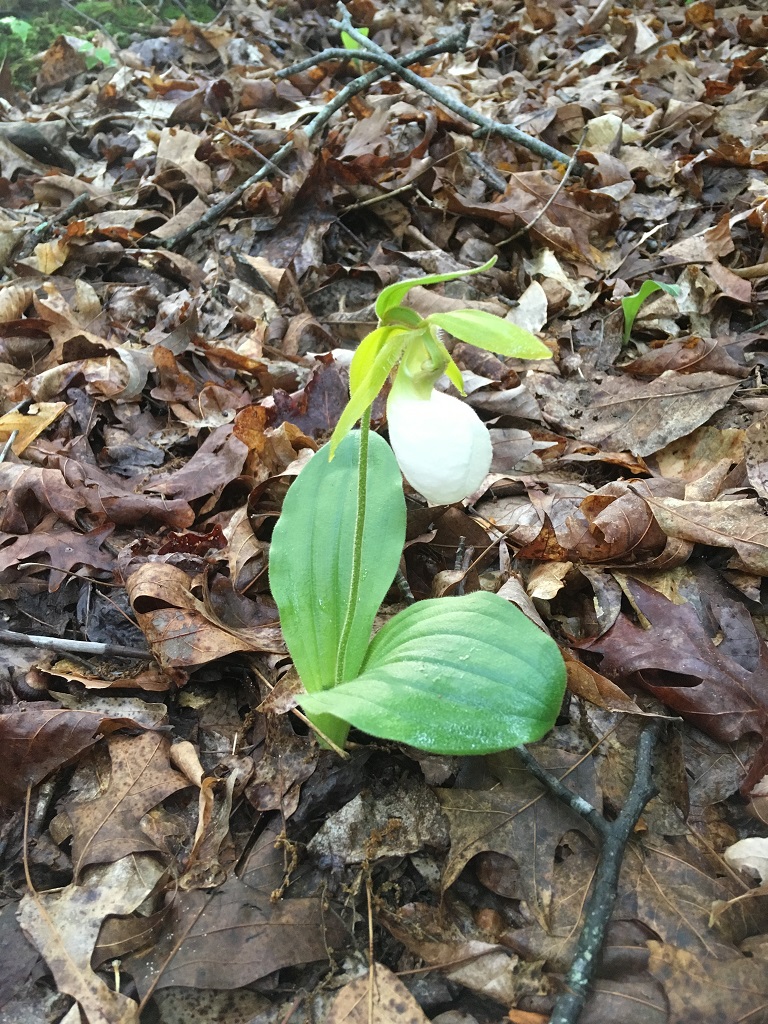KyushuCalanthe
Just call me Tom
- Joined
- Jan 12, 2008
- Messages
- 8,288
- Reaction score
- 596
Xiphius, lovely little colony. I remember seeing places just like this in the woods of southern NY as a kid. You can't help but feel like you're in special company when they are in bloom.
Phred, nice cultivation of this not so easy species. That said, I'd eat my hat if that multi-leafed guy is a true acaule. Me suspects there's a infiltrator in your midst - perhaps a different species like reginae, or perhaps even a hybrid. Where'd you get the seed/seedlings?
Phred, nice cultivation of this not so easy species. That said, I'd eat my hat if that multi-leafed guy is a true acaule. Me suspects there's a infiltrator in your midst - perhaps a different species like reginae, or perhaps even a hybrid. Where'd you get the seed/seedlings?


















